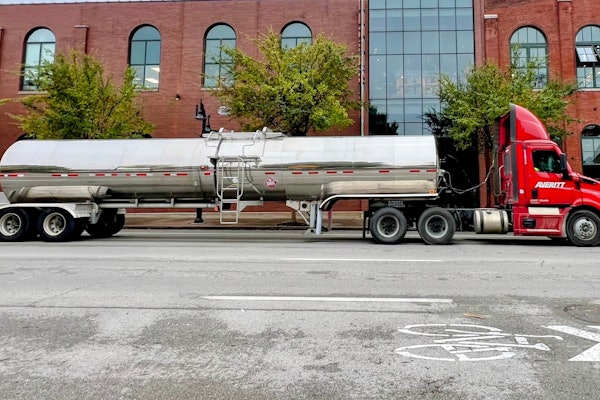Bridgestone Corp. (BSJ) announced plans for an extensive research project in the United States dedicated to developing Guayule as a commercially viable, renewable source of high-quality natural rubber and as an alternative to the Hevea tree.
Guayule is a perennial shrub native to the southwestern United States and northern Mexico that produces natural rubber in its bark and roots. Natural rubber from Guayule has almost identical qualities compared to natural rubber harvested from Hevea trees, which is currently the primary source for the natural rubber used in tires.
This project is being done by Bridgestone Americas Tire Operations in collaboration with BSJ, which is providing the funding and strategic input for the effort, while BATO will be responsible for finding the suitable location and operating the pilot farm and process research facility. BATO also will leverage the resources of the Bridgestone Americas Center for Research and Technology and its Akron Technical Center to provide technical and research expertise.
BATO currently is seeking land to establish the pilot farm and construct the rubber process research center in the southwestern United States. Research and development will be conducted by a research team of agricultural scientists, engineers and process technicians focused on optimizing the agronomic and processing technologies necessary to produce tire-grade rubber in adequate quantities appropriate for manufacturing.
The company expects to finalize a location, establish the research farm and begin construction on the process research center later this year. The facility is expected to be fully operational in 2014. Trial rubber production should start in 2015.
“This is such an exciting and innovative project,” says Bill Niaura, director of new business development for Bridgestone Americas. “It will not only help our companies meet the strong, anticipated growth in demand for natural rubber, but also constitutes a potential breakthrough for the rubber industry This project demonstrates our commitment to environmental stewardship and sustainability through its potential to develop a renewable resource for natural rubber that can be grown, harvested and processed closer to market.”










